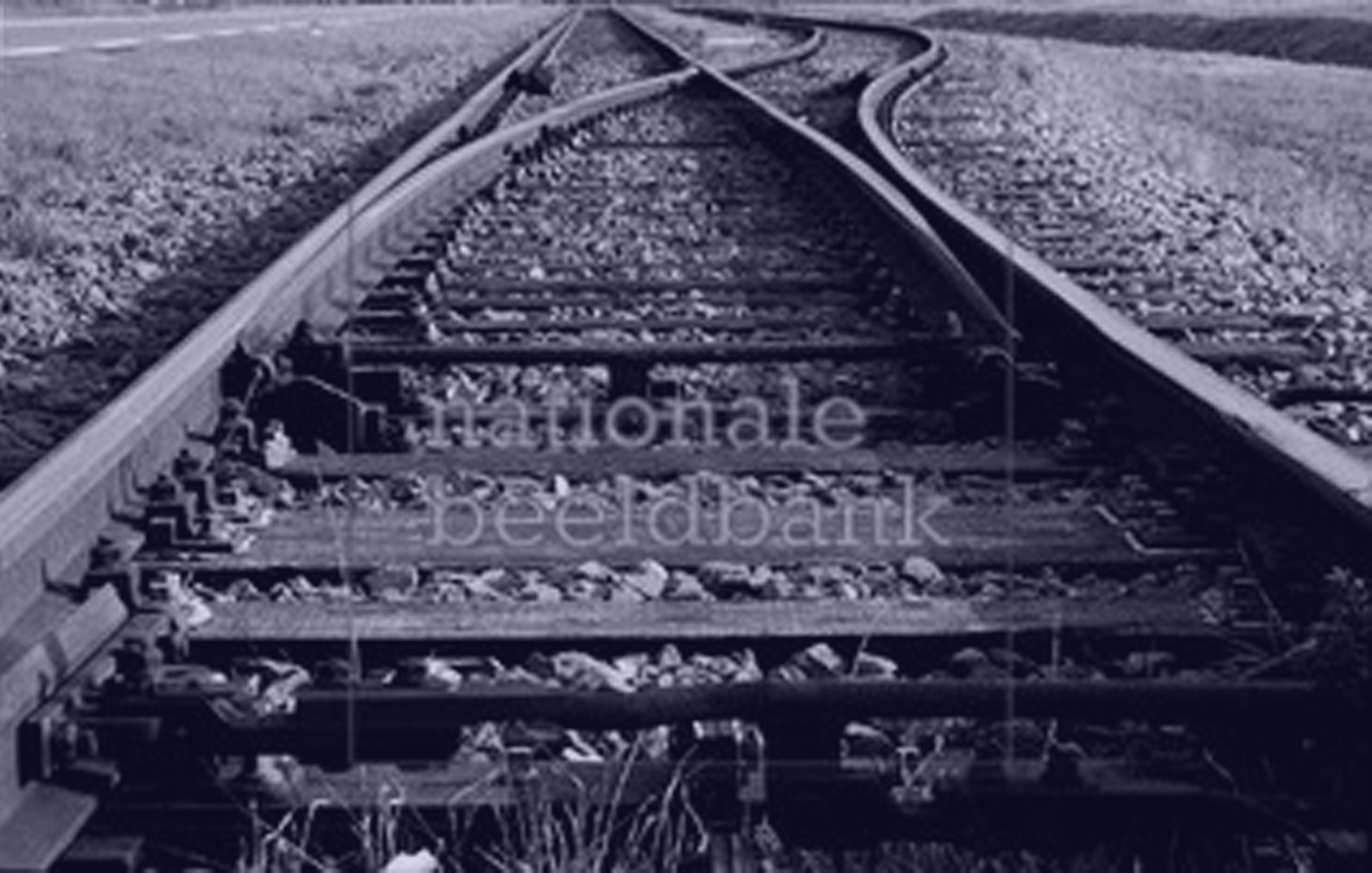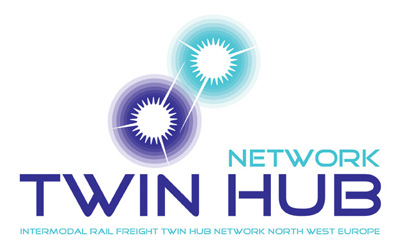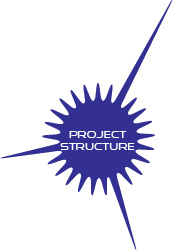Identification of promising Twin hub networks (WP 1)
The Twin hub network ultimately is comprised of many partial Twin hub networks. The trains belonging to the same partial Twin hub network mutually exchange containers at a hub, either Antwerp or Rotterdam. Each partial network consists of two to eight train connections. A train runs between a European inland terminal (e.g. in France, Germany, Switzerland, UK) and a Belgian or Dutch seaport v.v.
Objective
Actions
Main outputs
The Twin hub network ultimately is comprised of many partial Twin hub networks. The trains belonging to the same partial Twin hub network mutually exchange containers at a hub, either Antwerp or Rotterdam. Each partial network consists of two to eight train connections. A train runs between a European inland terminal (e.g. in France, Germany, Switzerland, UK) and a Belgian or Dutch seaport v.v.
Objective
The objective of this first work package is to identify potential promising partial Twin hub networks in North West Europe which already exist to establish the foundation for the project, as well as to show the magnitude of the modal shift and the improved rail network connectivity. A network is promising if its door-to-door transport costs are competitive with the reference mode (in most cases = road transport), while the transport quality, in particular transport frequency, meets the needs of shippers.
Actions
The work package consists of two actions, namely:
1) mapping transport flows and modal shift;
2) showing promising Twin hub networks (= network design).
The modal shift and the network design influence each other. The maps show the pattern, size and characteristics of both intermodal rail transport flows and relevant reference modes, namely road, barge and - for the UK - shortsea shipping in and beyond North West Europe. The flows serve as input for the network design, which is about how flows can be bundled into train services, where and how many load units are exchanged at the hub, and how the trains could be scheduled. The train performances in terms of trainloads, transport frequency, transport time and hub exchange are used to calculate rail transport costs. The transport costs of reference modes are also calculated.
By comparing rail and reference transport costs, promising rail networks can be identified. All of these activities are carried out after adjusting different models to the Twin hub situation, for instance the Bundling Network Design Model (BunDemo) and the Rail Cost Model (RACOM). The performances are also used to forecast the modal shift from road to the rail transport. This takes place by means of a logit model (size of shift), and Euro terminal model (regions of the shift). The work package has a research nature, but strongly depends on the input and feed-back of practitioners. They provide information and judgments on the basis of practical expertise and common sense, suggest connections, and check the plausibility and credibility of the research results.
1) mapping transport flows and modal shift;
2) showing promising Twin hub networks (= network design).
The modal shift and the network design influence each other. The maps show the pattern, size and characteristics of both intermodal rail transport flows and relevant reference modes, namely road, barge and - for the UK - shortsea shipping in and beyond North West Europe. The flows serve as input for the network design, which is about how flows can be bundled into train services, where and how many load units are exchanged at the hub, and how the trains could be scheduled. The train performances in terms of trainloads, transport frequency, transport time and hub exchange are used to calculate rail transport costs. The transport costs of reference modes are also calculated.
By comparing rail and reference transport costs, promising rail networks can be identified. All of these activities are carried out after adjusting different models to the Twin hub situation, for instance the Bundling Network Design Model (BunDemo) and the Rail Cost Model (RACOM). The performances are also used to forecast the modal shift from road to the rail transport. This takes place by means of a logit model (size of shift), and Euro terminal model (regions of the shift). The work package has a research nature, but strongly depends on the input and feed-back of practitioners. They provide information and judgments on the basis of practical expertise and common sense, suggest connections, and check the plausibility and credibility of the research results.
Main outputs
The main output of work package 1 is
1) an overview of promising partial Twin hub networks;
2) a forecast of the modal shift to the rail sector due to the Twin hub network;
3) a list of potential regions served by the Twin hub network.
Intermediate outputs are the programme of requirements, the flow matrix, and the performances of partial Twin hub networks such as costs and transport time. The promising Twin hub networks are described in terms of size of trainloads, the directional composition of a trainload, the level of frequency, the costs and time of rail and door-to-door transport. Their reference road networks are described in corresponding terms.
1) an overview of promising partial Twin hub networks;
2) a forecast of the modal shift to the rail sector due to the Twin hub network;
3) a list of potential regions served by the Twin hub network.
Intermediate outputs are the programme of requirements, the flow matrix, and the performances of partial Twin hub networks such as costs and transport time. The promising Twin hub networks are described in terms of size of trainloads, the directional composition of a trainload, the level of frequency, the costs and time of rail and door-to-door transport. Their reference road networks are described in corresponding terms.




